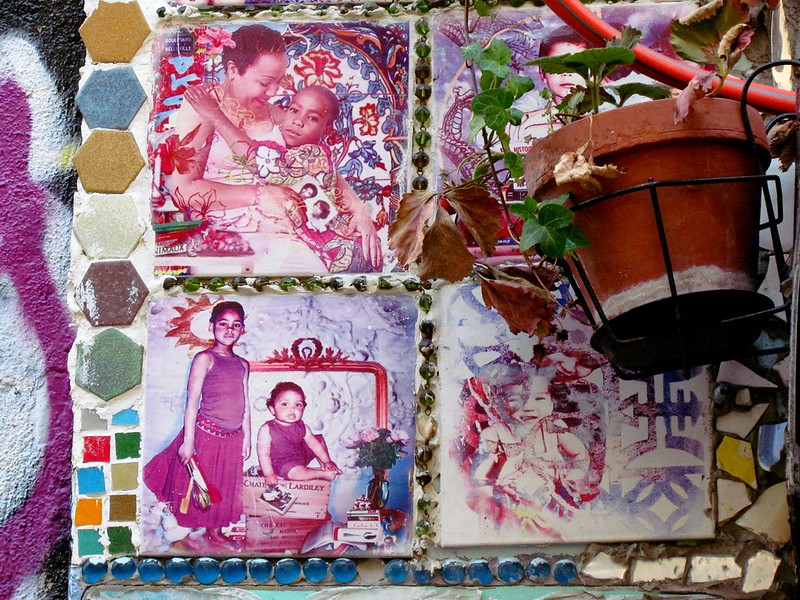
There exists a myriad of ways in which visual and art-based methods have been mobilized in academic research and writing. From collage to photography, these tools and processes have been used to collect data, to visualize, envision, make meaning and engage multimodality in research studies. Expanding the use of photography into class assignments is not a far stretch. As a medium that is relatively easy to access and use, and to share, asking students to take pictures with their phone or digital camera is realistic. Photography can be a solitary activity but also a way to connect, share and build community. These four models for assignments represent a range of ways that photography can be used in teaching. However, this short selection is offered as templates and ideas to build on, expand and explore in your own classrooms.
Mapping your assignment to course learning goals is extremely important. Deploying photography in the classroom is not just about centering student participation and creative expression. The design of your assignment can and should be aligned with your course learning goals. Check out the Backwards Design website for more guidance on developing an assignment using a design framework that centers your learning goals and objectives. The way you use photography in the assignment should be intentional and aligned with the course goals and your mode of assessment. Having clear goals, directions, support and a rubric for students is an integral part of developing any visual or arts-based assignment.
Consider what platforms you will use to facilitate the assignment, and the issues of access, privacy and ownership. This list represents a range of digital tools that can be used. Check out the Ethical Approaches to Ed Tech and Digital Tools For Teaching and Series on Teaching with the CUNY Academic Commons.
- Digital Storytelling platforms that are campus specific
- Social media (Instagram, Facebook etc)
- Discussion forum (Blackboard, Commons, etc)
- Padlet
- Voicethread (fee-based)
The benefits of using visual and arts-based methods include providing students with opportunities to participate in different modalities, to design learning experiences that draw on everyday life, to offer a space for creative expression, to use digital tools in the classroom which enable more flexible and accessible participation in online and hybrid courses, to practice visual and digital literacy, to archive and curate co-constructed knowledge in the classroom, and to share work with other students and a larger audience.


